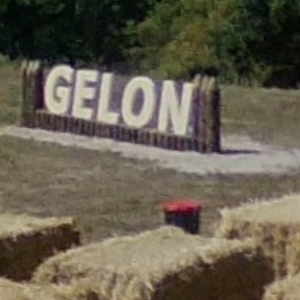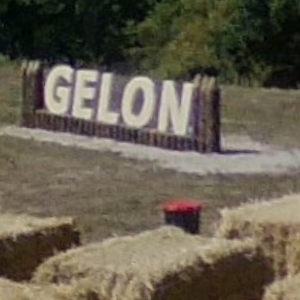

 Menu
Menu 
10 kilometers further west from the district centre of Kotelva on the right bank of the river Vorskla near Bilske there are the remains of the largest settlement in Europe of the early Iron Age - Bilske horodyshche or settlement 7th -3rd centuries B.C. The settlement is located in the interfluves area of the river Vorskla and its tributary stream Sukha Hrun within the boundaries of Kotelva and Zinkiv districts of Poltava region and Okhtyrskyi district of Sumy region. The territory of the Great Settlement of Bilske is a complex of three fortifications: Western, Eastern and the most recent - Kuzemynske. All of them are united by a man-made earth mound. This mound is more than 30 kilometres long and up to seven meters tall. The total area of the Bilske settlement is more than 4500 hectares. The area within the boundaries of Poltava region is 3.7 hectares. The father of history Herodotus in the IV century B.C. called these lands the ancient Scythian capital Helonus!!! The huge size of the Bilske horodyshche attracted many researchers. Among them was a French engineer de Boplan commissioned by the Kingdom of Poland, who examined the settlement at the beginning of the seventeenth century. The first archaeological studies were made by the historian O. Shafonsky from Chernihiv in the summer of 1784. Local observations of the south-western part of the settlement were made in 1888-1889 by the Poltava archaeologist I. Zaretskyi. The expedition of the Count O. Bobrynsky in 1897 was the first one to define that Bilske settlement or horodyshche originates from the Scythian era. Major studies of the horodyshche were made by V. Horodtsov's expedition in 1906. In one archaeological season more than one thousand household items, decorations and military tools were found. In 1994 Ukrainian and German archaeologists of the Institute of Archaeology of the NAS of Ukraine and the University of Hamburg carried out the excavations of the world-famous Bilske horodyshche in Poltava, which are still being carried out these days. Scientists from many other countries around the world are also working here. Archaeologists found about 50 new settlements, a rare domestic complex with artefacts of the 7th century B.C. According to expert opinion, it fully confirms the fact of existence of a highly civilized agricultural state on the area of so-called middle Vorskla in the 7-th - 3-rd centuries B.C. This state covered a large part of the Dnieper forest-steppe left bank of Ukraine. Its capital, already mentioned by Herodotus, Helonus was a wooden city on the Budyns’ land. It was set in an area of more than 5 thousand hectares and tallied roughly 50 thousand inhabitants. The object can be interesting not only for professionals, but also for antiquity admirers, who can participate in the excavations as well.
Travel agency:
Fireworks Dream Travel Agency![]() +38 095 143 20 41
+38 095 143 20 41
Guide:
Shendrik Anna Petrivna Ukrainian Russian![]() +38 095 143 20 41
+38 095 143 20 41


